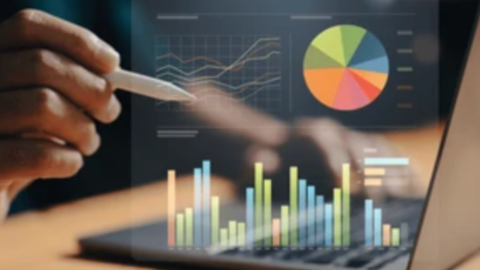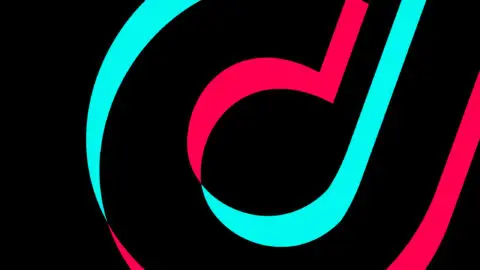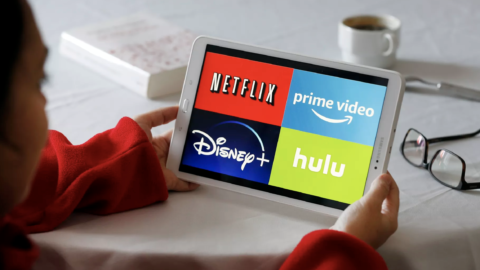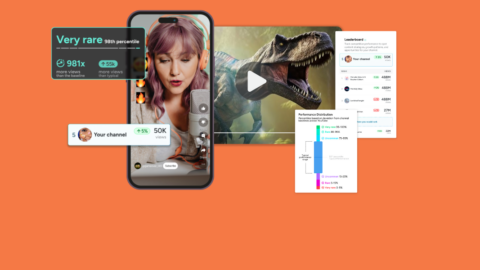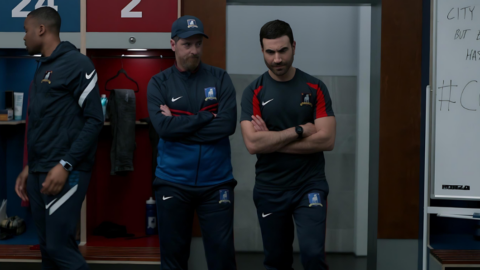Is influencer marketing best suited to brand lift? Or do we measure influencer marketing on direct performance metrics?
Yes. Or, to quote the meme, “why don’t we have both?”
So let’s take a look at how influencer marketing can help with brand lift and how we can tie direct performance metrics to our influencer marketing efforts. Plus, of course, how to measure and report on each and how to find the right balance for your brand.
Influencer Marketing for Brand Lift
When we talk about brand lift, we’re really talking about boosting brand awareness and perception. In influencer marketing, we’re partnering with the right content creators to help not just bring awareness but also build positive sentiment around our brand.
If lift is the primary driver, performance goals can certainly be present but should be considered carefully. Hard sales come-ons don’t help brand cachet, they borrow from it. Therefore, generally speaking, performance goals would be softer and more focused on top or mid funnel. Think signing up for a newsletter or downloading a piece of gated content and sharing an email address vs. buying something.
Smart Creator Matching
Unlock smart creator pairing that connects brands with incredible influence creators. Predictive analytics, driven by AI, provides valuable, reliable data on how effective a content creator partnership will be before you commit spend.
Measuring Influencer Marketing Brand Lift
Brand lift sounds like a “softer” goal when compared with direct performance. That doesn’t mean it can’t be measured directly though. Measure success in a brand lift influencer marketing campaign by looking at metrics such as:
Reach
The number of people who have been exposed to the brand through the influencer’s content. Reach isn’t a campaign metric we can hang our hats on but it’s an important variable in the overall brand lift equation.
Engagement
The level of interaction between the influencer’s followers and the brand’s content. Leading metrics such as likes and shares are easy to measure and start to tell the story.
Brand mentions
Looking at how often the brand has been mentioned by the content creator and by the audience in the comments can provide a better picture on how our brand is perceived and how successful our brand lift campaign has been.
Brand sentiment
We can measure sentiment in the context of our campaign by checking in on how people are talking about our brand. This is unstructured data but AI can help make sense of it.
Influencer Marketing for Performance
In performance driven campaigns, the goal is less about sentiment and more about direct results, measured in sales, installs, conversions etc. In this type of campaign, the focus is on generating a direct response from the target audience, such as a signup, upgrade, install, or purchase.

Measuring Influencer Marketing for Performance
Performance metrics are relatively simple to measure. Custom conversion URLs or promo codes, for example, give us hard numbers around how many sales, signups etc. can be directly attributed to our influencer campaign or even an individual content creator. Measure success in a performance influencer marketing campaign by looking at metrics such as:
Click-through rate
Click-through rate (CTR) is the number of people who clicked through to a landing page, expressed as a percentage relative to the number of people who saw the content (reach).
Conversion rate
How many people saw our influencer campaign, clicked through and then completed the desired action (sign up, purchase, upgrade etc)? Expressed as a percentage, this is an important number and a factor in other performance measurement equations.
Cost per acquisition
With the number of conversions and the overall campaign cost, we have the data we need to calculate how much each conversion cost, our cost per acquisition (CPA). Expressed as a monetary amount, this tells us how much we spent to get a customer. Customer lifetime value (LTV) helps put this number in context.
Return on investment
How much we got back from the campaign relative to how much we spent on the campaign, expressed as a percentage. If we spent $1,000 on the campaign and can attribute $1,000 in return, our ROI is 100%.
Balancing Brand Lift and Performance
Tapping the influence content creators have with audiences can help marketers achieve brand lift and direct performance goals. While these two goals are obviously different and present different strategies, they are not mutually exclusive.
Whether the goal is pure brand lift, pure performance or (more likely) some combination of the two is up to us as marketers to determine.

Here are some things to consider when striking the right balance between lift and performance in your next influence campaign:
Set clear objectives
We need a clear goal so we know what success looks like. What do we want to accomplish in our influencer marketing campaign? Consider how best to weigh brand lift and direct performance in the mix to come up with the right objectives for the campaign.
Choose the right influencers
The right influencers are the content creators who align with your brand values, who can deliver authentic messages, and whose audience looks a lot like your ideal target.
If direct performance is weighed most heavily, look for influencers who have a track record and a strategy for driving conversions. If optimizing for brand awareness and lift is first, look for influencers who are tastemakers for their audience… and the bigger that audience, the better.
Whatever the case, the key is always to track and measure results. Start by setting clear objectives and measure at every step; early data helps determine if our campaign is on track and if not, allows us time to adjust our strategy if need be.
Influencer marketing is a powerful tool for both brand lift and performance. By understanding the difference between the two and deciding where on the spectrum their ideal campaign sits, marketers can find the balance that works for their brand.
While a campaign can certainly boost both awareness and drive performance, the best advice is to start with goals and work back to determine whether lift or performance is the priority. If only to focus the campaign.
BENlabs Can Help
No need to go it alone. Take the guesswork out of influencer partnerships. Get matched with the perfect influencer content creators and see results before your campaign even begins with BENlabs AI-driven Smart Partnering and Predictive Analytics.
